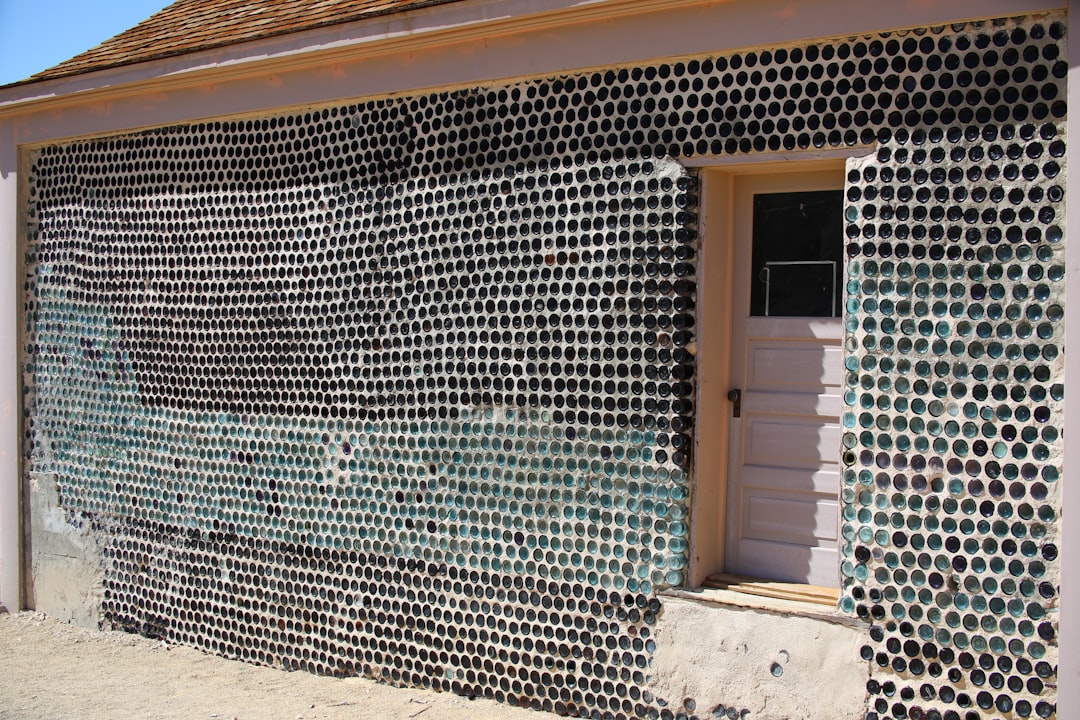
Replacing baseboard heating systems can be a strategic move for reducing energy costs and enhancing comfort. The cost to replace baseboard heating varies significantly based on factors such as equipment type, linear footage, and necessary upgrades. On average, expect costs to range from $650 to $1,200 per opening, depending on specific project requirements.
• Electric baseboards: $55 to $140 per 6-ft run.
• Hydronic baseboards: $95 to $220 per 6-ft run.
• Designer panels: Add 20-35% over standard units.
• Small condo (40 linear ft): $950 – $1,600.
• Average single-family (120 linear ft): $2,700 – $4,100.
• Large custom home (250+ ft): $5,800 and up.
• New circuits or subpanels: $400 – $1,200.
• Hydronic tie-ins: $600 – $2,000.
• Removing units: $3 – $6 per linear foot.
• Asbestos abatement: From $18 per linear foot.
• New trim and paint: $2 – $4 per linear foot.
• Premium upgrades: Can double costs.
• Quick swap of electric units: $1,100 – $1,800.
• Whole-home conversion: $4,500 – $7,200.
• High-efficiency system: $8,000 – $12,500.
• Single unit replacement with existing wiring.
• No major modifications required.
• Familiarity with permit processes.
• Ensure code compliance.
• Accurate heat-loss calculations.
• Workmanship warranties.
• Faster completion reduces disruption.
1. Use a mobile app.
2. Describe each room.
3. AI captures footage and obstacles.
• Syncs with regional pricing every 24 hours.
• Provides location-specific costs.
• Outputs branded PDF with scope and selections.
• Toggle options for alternatives.
• Select factory-primed units.
• Group rooms to minimize extensions.
• Schedule during off-peak seasons.
• Green-energy lenders offer low APR.
• Utilities offer rebates for efficient replacements.
• Transparent, itemized estimates.
• Access to vetted installer network.
• Post-project audit ensures accuracy.
Visit CountBricks.com to start a free voice-powered takeoff today.

An owner of a 2,100 sq ft Craftsman in Richmond sought more efficient heating. The existing electric baseboards were drawing 18 kW during cold snaps. Using a mobile app, the homeowner recorded a room-by-room walk-through in under eight minutes. AI calculated 118 linear feet of replacement and flagged two circuits near capacity.
• Demolition and disposal: $642
• Premium hydronic panels: $3,190
• Plumbing tie-ins: $1,425
• Electrical disconnects: $310
• Finish carpentry: $525
• Contingency (5%): $301
Total estimate: $6,393
The homeowner selected a preferred contractor. The crew completed work in four days, saving $320 in labor. Utility statements show a 22% reduction in energy use. The final invoice was within 1.8% of the original estimate.
• Order panels in standard white.
• Plan thermostat placement.
• Use off-the-shelf smart valves.
Curious about costs for your home? Start a free voice takeoff at CountBricks.com.